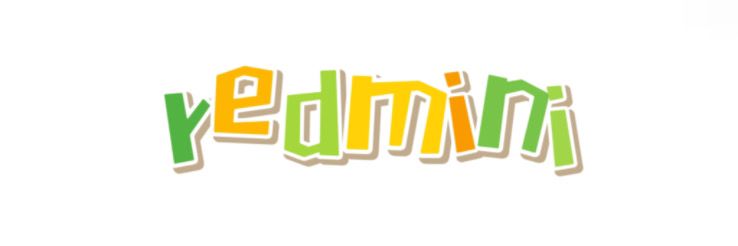Differences Between Plain Mesh Weave & Plain Dutch Weave
Jan. 18, 2025
When it comes to industrial filtration and separation processes, choosing the right type of mesh can significantly affect performance and efficiency. Two commonly used mesh types in various applications are Plain Mesh Weave and Plain Dutch Weave. Understanding the differences between these two types is crucial for buyers looking to make informed purchasing decisions.
If you want to learn more, please visit our website Differences Between Plain Mesh Weave & Plain Dutch Weave.
One of the primary differences between Plain Mesh Weave and Plain Dutch Weave lies in their structural characteristics. Plain Mesh Weave is constructed using wires of equal diameter woven together in a simple one-over-one pattern. This design results in a uniform opening size throughout the mesh, which is effective for a range of applications but might not always offer high strength or fine filtration capabilities.
In contrast, Plain Dutch Weave features a more complex design where the warp and weft wires differ in diameter. Typically, the warp wires are thicker and provide increased strength, while the weft wires are finer, resulting in smaller openings. This unique structure allows Plain Dutch Weave to effectively filter out smaller particles while maintaining a robust framework, making it particularly useful in high-pressure applications.
Why is this distinction essential? It impacts the choice of materials for various industrial processes. Would you prefer a Plain Mesh Weave for applications involving larger particles and lower pressure environments? Or should you opt for a Plain Dutch Weave where fine filtration and high stability are paramount?
The applications of both types are vast and varied. Plain Mesh Weave is commonly found in the food processing industry, pharmaceuticals, and mining, where it is used for simple filtration processes. For example, it can be utilized to separate larger solids from liquids or for sifting materials. The uniformity of the mesh ensures even distribution and flow.
On the other hand, Plain Dutch Weave is favored in more demanding settings such as chemical processing, oil and gas industries, and water treatment plants. Due to its enhanced durability, it is often chosen for scenarios requiring high-pressure filtration systems. An excellent example is its use in the petrochemical industry, where it filters out fine particulates from oil to prevent equipment damage.
If you are considering purchasing mesh, it’s important to assess your specific needs first. What type of filtration efficiency do you require? Are you dealing with high pressure or sensitive materials? When shopping for Plain Mesh Weave or Plain Dutch Weave, consider the following methods:
Material Specification: Verify that the mesh meets your industrial standards. Look for specifications regarding wire diameter, mesh count, and micron rating.
Supplier Reputation: Choose suppliers that are known for providing high-quality products and excellent customer service. This ensures you receive reliable advice regarding your purchase.
Sample Testing: Consider requesting samples to test performance before committing to larger orders. This approach can help you gauge which mesh type suits your operational needs better.
Understanding the differences between Plain Mesh Weave and Plain Dutch Weave can streamline your procurement process and enhance operational efficiency. Are you ready to make an informed decision? Keep these distinctions and applications in mind as you evaluate your options, ensuring you select the right mesh for your project. The right choice not only influences the performance of your operations but can also lead to significant cost savings in the long run.
The company is the world’s best Dashang wire mesh supplier. We are your one-stop shop for all needs. Our staff are highly-specialized and will help you find the product you need.
74
0
0

Comments
All Comments (0)